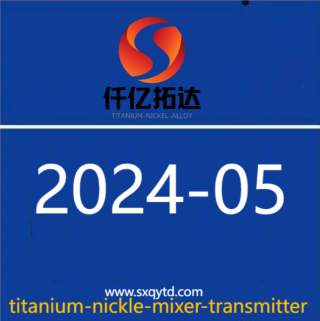What considerations should be made when selecting the specifications and dimensions of nickel elbows?
[ 信息发布:本站 | 时间:2024-03-14 | 浏览:470 ]
What considerations should be made when selecting the specifications and dimensions of nickel elbows?

When selecting the specifications and dimensions of nickel elbows, several key considerations should be taken into account:
-
Operating Conditions: Consider the specific operating conditions such as temperature, pressure, and media (e.g., corrosive chemicals, high-temperature gases) to ensure that the chosen nickel elbows can withstand the intended environment.
-
Material Compatibility: Ensure compatibility between the nickel elbow material and the media it will be handling to prevent corrosion or degradation. Nickel-based alloys offer varying levels of resistance to different chemicals and environments.
-
Size and Diameter: Select the appropriate size and diameter of the nickel elbows to ensure compatibility with the piping system and achieve the desired flow rates and pressure drop.
-
End Connection Type: Choose the appropriate end connection type (e.g., butt weld, socket weld, threaded) based on the requirements of the piping system and compatibility with other components.
-
Angle and Radius: Consider the angle and radius of the elbow bend to ensure proper alignment and fit within the piping system. Different angle options (e.g., 90 degrees, 45 degrees) and radius sizes are available to accommodate specific layout requirements.
-
Wall Thickness: Evaluate the required wall thickness of the nickel elbows based on the operating pressure and temperature, as well as any code or standard requirements.
-
Standards Compliance: Ensure that the selected nickel elbows comply with relevant industry standards (e.g., ASTM, ASME, ANSI) to guarantee quality, performance, and regulatory compliance.
-
Budget and Cost: Consider the budget and cost implications when selecting the specifications and dimensions of nickel elbows. Balance the desired performance and quality with budget constraints to find the most cost-effective solution.
-
Future Expansion and Maintenance: Anticipate future needs for system expansion or maintenance and select nickel elbows that allow for flexibility and ease of maintenance, such as accessibility for inspection and repairs.
-
Manufacturer Reputation and Support: Choose a reputable manufacturer with a track record of delivering high-quality nickel elbows and providing excellent customer support. Consider factors such as warranty, technical assistance, and after-sales service.
By considering these factors carefully, you can select the most suitable specifications and dimensions of nickel elbows to meet the requirements of your specific application effectively.
